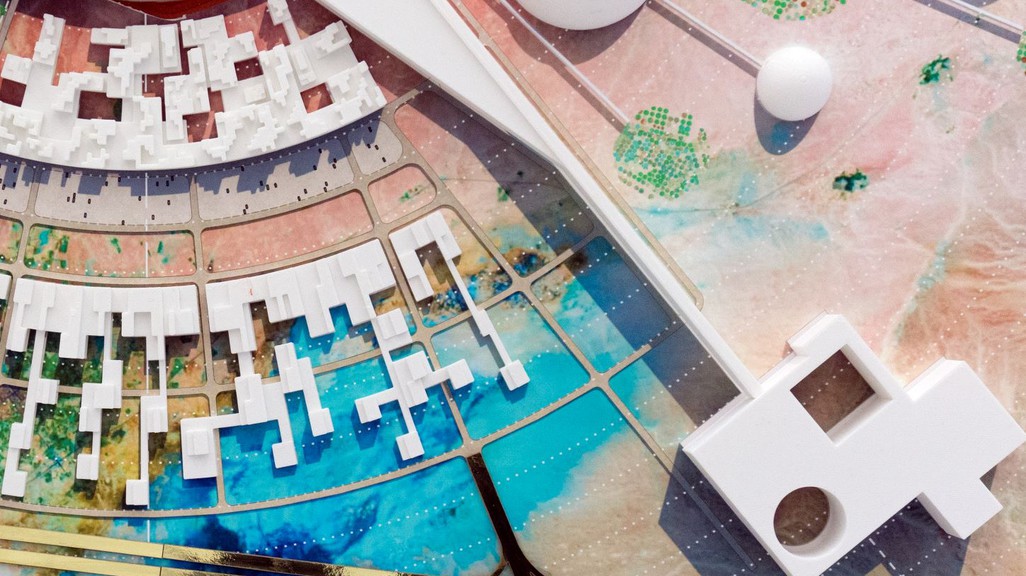
“The Story of the Line”
403C.3
2022
Work by Steven Katz & Hongye Wu (both MArch '22)
“The Story of the Line”
Completed for Spring 2022 Research Studio led by Mariana Ibanez aud.ucla.edu/faculty/mariana-ibanez
Lines rule our world!
How we connect, how we communicate, how we organize is all made possible through the line. Lines are instrumentalized in multiple ways in our society. Roadways, railways, pipeways, operate under the physical singularity of the line in that they are devices that connect a multitude of points. Different lines can exist in parallel, and a multiplicity of lines build up to form a complex network of infrastructural systems.
A line also has the ability to divide two sides creating both threshold and boundary conditions. Space is formed through interaction between line and object. Alteration and distortion suggesting an occupation.
A network of non-visible lines co-exists with and within a network of visible lines. Our connection to the virtual world relies upon non-visible high frequency waves built through a vast network of very physical lines, such as electrical lines, undersea cables, and signal towers. The mid-1900s (1940s-1960s) is viewed as a point at which proximity between infrastructure and domesticity became closer and more dependent. The infrastructure of energy, mobility, production, and consumption grew into immense scales. A line composed of infrastructures such as highway, railway, underground subway tunnels, water pipe line and sewage system becomes an instigator that generates new urbanity, and supports a lifestyle that did not exist before.
The human experience is about connection. The connection between artificial and natural. The connection between forces that are visible and non-visible. The connection of boundaries and thresholds. Connections that transcend scales of magnitude. Between the physical and nonphysical lines, the project situates itself.
The Line of Extraction
The line of architecture extends far beyond its site boundaries. The site in which these materials are extracted often scale multiple continents, removing all visibility and responsibility from its inhabitants. Could supply chains be made shorter? Could buildings be more closely tied to the economies in which they exist? Sites of extraction are points on a line of a supply chain system that removes material from a distant location and relocates it to an immediate location in the form of architecture. Our proposal speculates on the reclaiming of these points of extraction by inhabiting these sites into a new territory of domestic space.
The Line of 2050
By 2050, the United States will have a robust industry of rare earth mining. From extraction
and production to distribution, this born-again industry will form a new domestic supply chain.
The connective lines needed to support this new territory is the speculation of this project.
Related Faculty |
Mariana Ibañez |
Related topics |
Urban Strategy, Infrastructure, Sustainability, Resilience, Mobility |

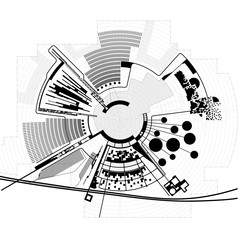
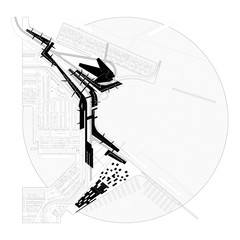
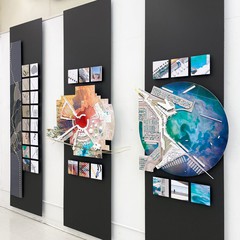
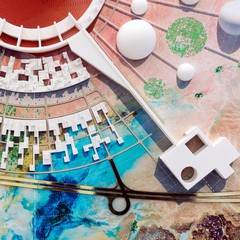
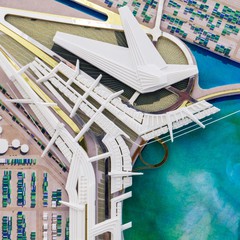

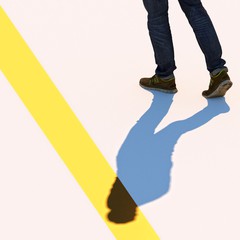
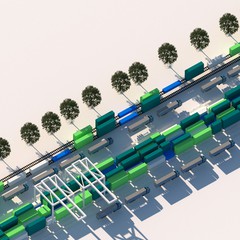
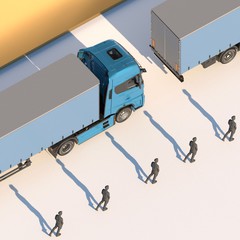
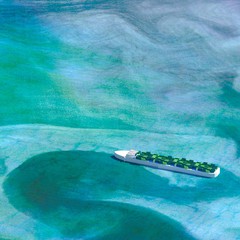
- “The Story of the Line”
- “The Story of the Line”
- “The Story of the Line”
- “The Story of the Line”
- “The Story of the Line”
- “The Story of the Line”
- “The Story of the Line”
- “The Story of the Line”
- “The Story of the Line”
- “The Story of the Line”
- “The Story of the Line”